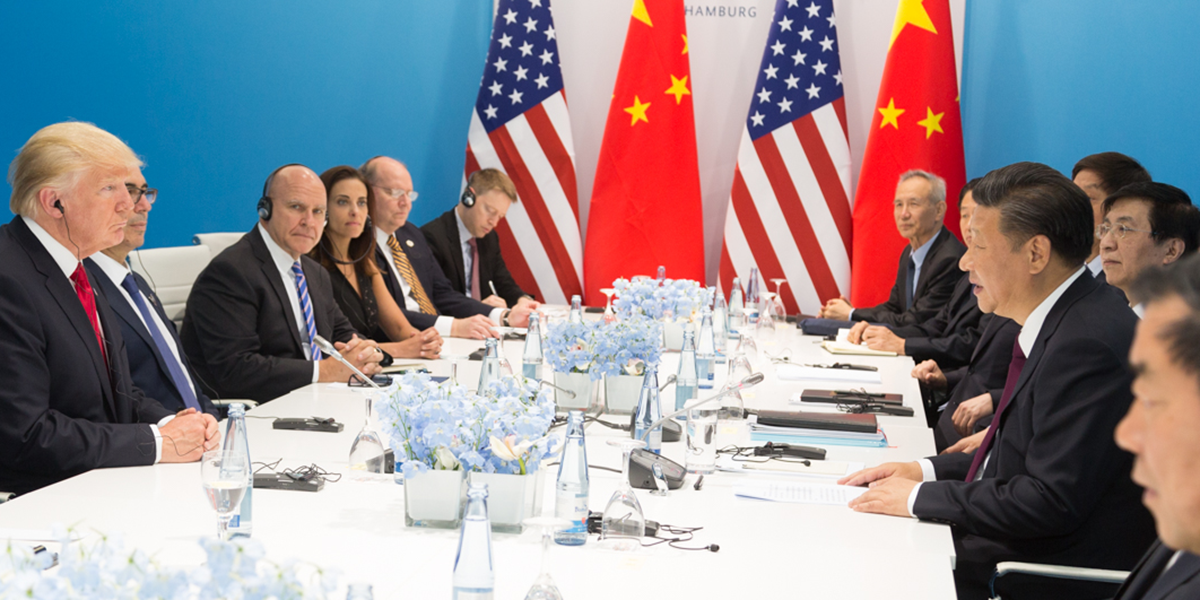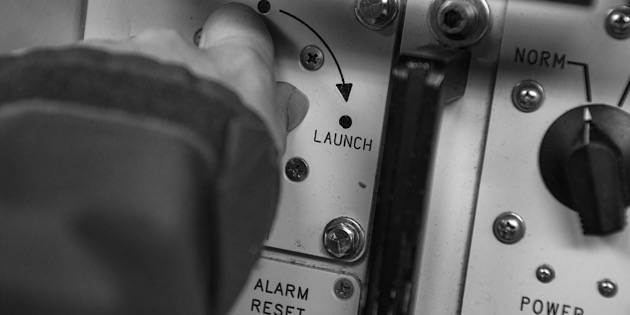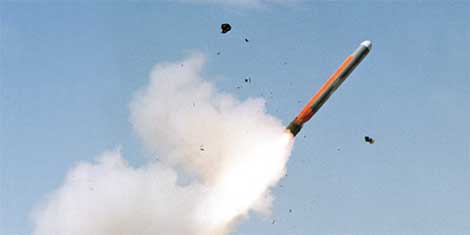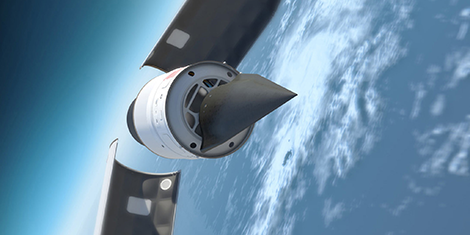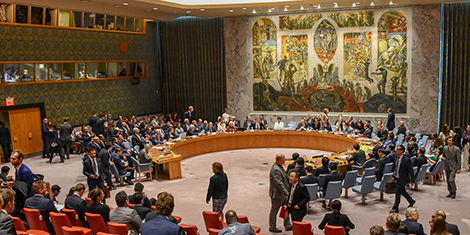Image courtesy of the White House/Flickr.
This blog belongs to the CSS’ coronavirus blog series, which forms a part of the center’s analysis of the security policy implications of the coronavirus crisis. See the CSS special theme page on the coronavirus for more.
US-China relations are at a new low-point following the global spread of the coronavirus, which first emerged in the Chinese city of Wuhan in December 2019. The pandemic has exacerbated tensions in what was already a fragile relationship, plagued by disputes on issues related to the South China Sea, Taiwan, trade, and 5G technology. Nuclear weapons, however, were not featured as a central element of the US-China confrontation, at least not at same level as other issues of contention, but this is likely to change. A recent call for China to drastically increase its nuclear arsenal published in the nationalistic Chinese newspaper the Global Times has revived a domestic debate on Chinese nuclear deterrence, highlighting concerns over perceived US hostile behavior.

